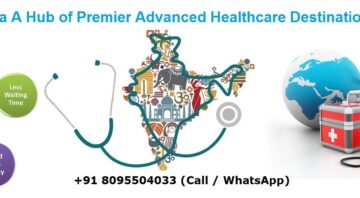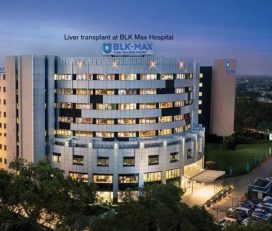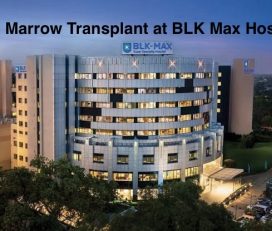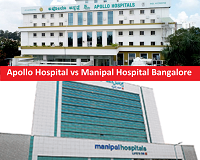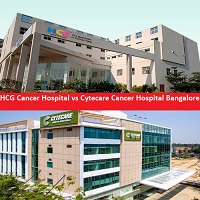
Aplastic Anemia Treatment in India
Your bone marrow is in charge of producing enough blood cells to replace the ones that have died. The bone marrow in your body becomes unable of creating enough blood cells when you have aplastic anaemia. As a result, all three blood cells—red blood cells, white blood cells, and blood platelets—will have decreased counts.
Aplastic anaemia occurs when the patient’s body stops producing new red blood cells, resulting in weariness and weakness. If the disease develops serious, a bone marrow transplant is one option for treatment. Bone marrow transplantation (also known as stem cell transplantation) replaces the patient’s bone marrow with transplanted bone marrow and/or stem cells.
In the event of aplastic anaemia, replacement bone marrow or stem cells are frequently obtained from a different donor (allogeneic transplantation). To transplant new healthy cells, the old ones must first be killed with chemotherapy or radiation before the new ones can be implanted.














